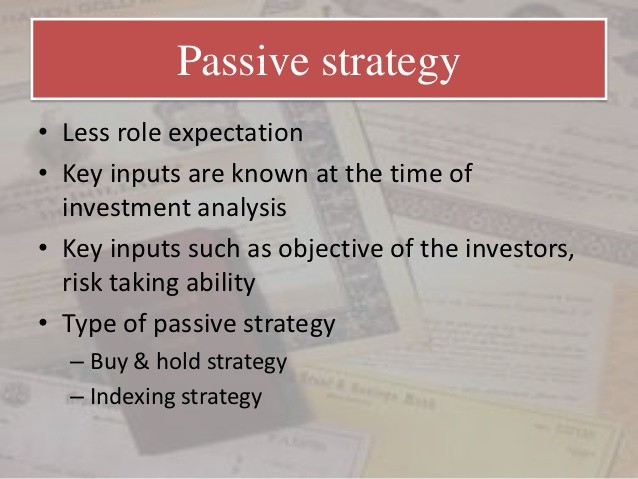Bond Portfolio Management Strategies
Post on: 29 Май, 2015 No Comment

Strategies for bond management are based on interest rate anticipation, sector rotation, and security selection.
Characteristics of Bond Portfolio Management
Bond Portfolio Management is based on managing fixed income investments in pursuit of a particular objective, usually maximizing return on investment. This is achieved primarily by minimizing risk and managing interest rates .
Bond Portfolio Management Strategies
Interest Rate Anticipation
Bond portfolio management strategies that involve forecasting interest rates and altering a bond portfolio to take advantage of those forecasts are called “interest rate anticipation” strategies. Interest rates are the most important factor in the pricing of bonds. The price of a bond is based on its interest rate, a.k.a yield. at any particular time. The most important influence on a bond’s yield is the term structure of interest rates. Generally, the market interest rate for any particular term of bond is said to be represented by the yields on government bonds. as these are viewed as highly liquid and of very low default risk.
Basic interest rate anticipation strategy involves moving between long-term government bonds and very short-term treasury bills. based on a forecast of interest rates over a certain time horizon.
Since long-term bonds change the most in value for a given change in interest rates, a manager would want to hold long-term bonds -when rates are falling. This would provide the maximum increase in price for a portfolio. The reverse is true in a rising interest rate environment. Long-term bonds fall the most in price for a given rise in interest rates and a manager would want to hold treasury bills. Treasury bills have a very short duration and do not change very much in value.
Related Article
Yield curve strategies are more sophisticated interest rate anticipation strategies that take into account the differences in interest rates for different terms of bonds, called the “term structure” of interest rates. A chart of the interest rates for bonds of different terms is called the “yield curve.” A yield curve strategy would position a bond portfolio to profit the most from an expected change in the yield curve, based on an economic or market forecast.
Sector Rotation in Bonds
A portfolio management strategy based on sector rotation involves varying the weight of different types of bonds held within a portfolio. An investment manager will form an opinion on the valuation of a specific sector of the bond market, based on fundamental credit factors, technical factors (such as supply and demand), and relative valuations compared to historical norms. within that sector. A manager will usually compare her portfolio to the weightings of the benchmark index that she is being compared to on a performance basis.
Security Selection for Bonds
Security selection for bond management involves fundamental and credit analysis and quantitative valuation techniques at the individual security level. Fundamental analysis of a bond considers the nature of the security and the potential cash flows attached to it. Credit analysis evaluates the likelihood that the payments will continue to be made over the bond’s term. Modern quantitative techniques use statistical analysis and advanced mathematical techniques to attach values to the cash flows and assess the probabilities inherent in their nature.
The Purpose of Bond Portfolio Management
Bond portfolio management is meant to ensure that investments in bonds are done in a way that maximizes the return to the investor. The management of the portfolio can be done by professional investment managers or by investors themselves.














